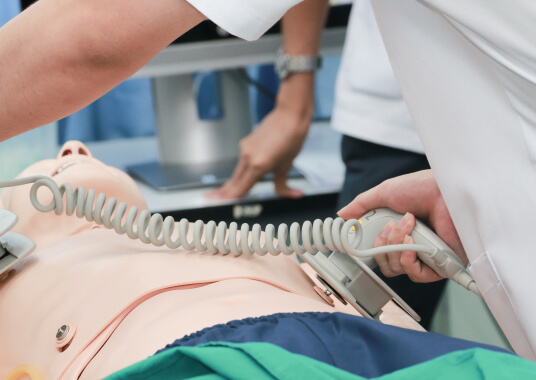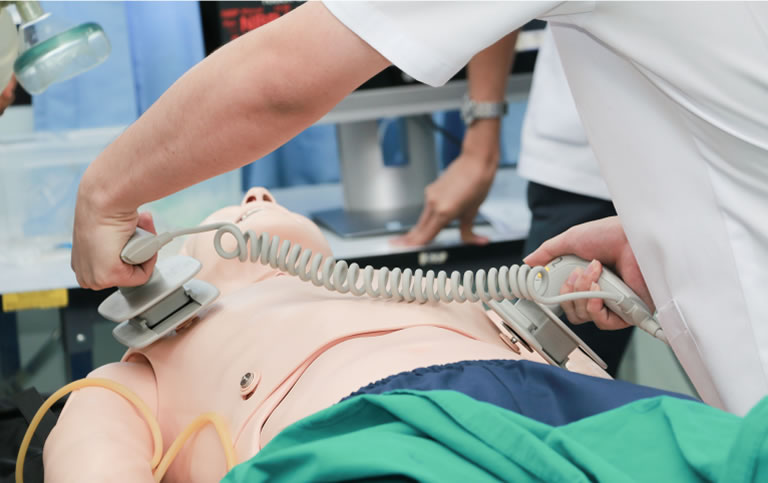CPR, First Aid, BLS, ACLS, PALS certifications.


$119.00 $169.00
| Chapters | CE Credits | Validity | Cost | Duration | ECC | Exam Attempts | Wallet Card |
|---|---|---|---|---|---|---|---|
| 17 | 6.0 | 2 Years | $119.00 | 3-4 Hrs | Compliant | Unlimited | Download/Print/Mail |
In this chapter, a healthcare personnel can learn that during proper resuscitation there may be return of spontaneous circulation (ROSC) where adequate post-cardiac arrest care is crucial for the survival and good quality of life of the patient.
